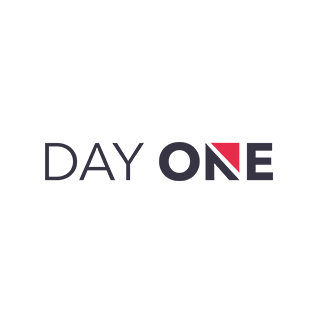day1 technologies News

These are very interesting times we are living in. The best in innovation and tech is surprising us round the clock, creativity in designing and visuals have reached its zenith, the demand for intelligent interactive devices and products is soaring – in short, the era of digital transformation (or disruption) is in full swing, and we are the fortunate ones to witness and experience it.
What makes the times all the more fascinating is the inherent intention of businesses and consumers to adopt and adapt change, brought about by new technology, wholeheartedly. AI and Machine Learning, AR and VR, Robotic Process Automation (RPA), IoT, Blockchain – these are not just some of the emerging new technologies, but technologies that are transforming the dynamics across industries and businesses.

It is obvious that AI and blockchain are two of the major technologies that are increasing the pace of innovation. Each technology has its own degree of technical complexity as well as business implications but the joint use of the two may be able to redesign the entire technological (and human) concept from the bottom up.
Just for our education, A blockchain is a secure distributed unalterable database shared by all parties in a distributed network where transaction data can be recorded (either on-chain for basic information or O-chain in case of extra attachments) and easily audited.

In a way, it’s a trend that should have been foreseen. A look at the App Store or the Play Store shows that free apps are making more money than their paid counterparts. And they aren’t really free in the actual sense of the word. From ads to subscriptions, to in-app purchases, there are a variety of ways these apps can be monetized. The days of the 99 cents apps are long behind, freemium and the like have taken over now.
There is no definitive way of knowing what will work to monetize your app. If for whatever reason, you’re absolutely convinced that your app is something people can’t live without and that it enriches their lives, you can charge probably two or three dollars. But seeing as how people want things for free, this might not be the best route. A better option would be keeping in mind ads and in-app purchases from the get-go.

Globally, dApps are becoming more and more popular. dApps (decentralized applications) connect users and developers directly without the need for a middleman to host and manage the code and user data. Permission is not needed to build a dApp and there is no company or centralized group of people that can change the rules of the platform. Today there are over 1000 dApps built on Ethereum, the leading dApp platform. A dApp has its backend code running on a decentralized peer-to-peer network. Contrast this with an app where the backend code is running on centralized servers. A dApp can have its frontend code written in any programming language that makes API calls to its backend. Furthermore, its frontend can be hosted on decentralized storage such as IPFS.